Doing up your dream house: House Detective
Richard Morriss got into historic building consultancy by accident, but found it is a rewarding job which sometimes throws up more questions than answers.
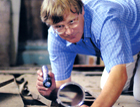

A building accumulates layers of fabric as an onion grows skins. Although adding greatly to its interest, these can result in the sort of complexity that it requires an expert such as Richard Morriss to analyse and unpick. Mr Morriss carries out detailed investigations of buildings and the structural aspects of gardens to help owners understand their history. Half of his time is spent doing planning consultancy work the sort of architectural and archaeological reports of listed buildings that are required as a condition of many planning applications. 'Sometimes an impasse can develop between an owner and a planning officer; we're the honest broker between the two,' he says. 'We have no axe to grind. Our job is simply to convey an understanding of the building, and to encourage sympathetic changes.' Mr Morriss got into historic building consultancy work, which he now does freelance all over England and Wales, accidentally. It was Alton Towers, where he grew up (his father was a catering manager there), that first kindled his interest. But at the time, there was no career to be had in old buildings, and it was not until the early 1980s that he studied industrial archaeology at the Ironbridge Institute. There he gained plenty of experience recording threatened buildings, such as the forgotten 18th-century New Dale Foundry near Telford, which was demolished for open-cast mining amid much controversy. But his work today is more about trying to understand buildings than recording them brick by brick. 'We're slightly different to architectural historians. They're more interested in the fine-art side, whereas we're more interested in the nuts and bolts or should I say the mortises and tenons of a building,' he says. 'The first stage of a typical investigation is to work out how the structure was put together by breaking it down into its component parts main block, wings, outbuildings and analysing each as an individual element. Tiny details, such as carpenters' marks, peg holes and traces of wattle and daub, are examined. The most important tool of the trade is now a digital camera, although a notebook, tape recorder, tape measure and torch are still indispensable'. Mr Morriss emphasises how important it is to embark on an investigation without any preconceptions: 'The aim of the first stage is to work out the developmental phases, not the dates'. Only when this has been done are the building's history and decorative elements considered, documentary research carried out, and expert knowledge of how a building works, and of decorative taste and style, applied. 'Basically, we deconstruct a building and then reconstruct it,' he says. Although some 70% of jobs are for private clients, he also works for English Heritage, the National Trust and the Landmark Trust on buildings ranging from ruined castles and country houses to factories, wartime complexes, and agricultural and vernacular buildings. 'Sometimes, however, as with our recent detailed study of Snowshill Manor for the National Trust, we can end up with more questions than answers.' Richard Morriss: 01743 891561 Top tips
- If planning any work to your listed building, get in touch with your local conservation officer as early as possible
- Don't be afraid to do your own documentary research. Local records offices are usually very helpful, and it is surprising what you can discover without having to pay an expert
- Be observant look carefully at your building. Be objective in the way you analyse it. Be open-minded do not start off with preconceptions; buildings often disobey rules
Exquisite houses, the beauty of Nature, and how to get the most from your life, straight to your inbox.
Country Life is unlike any other magazine: the only glossy weekly on the newsstand and the only magazine that has been guest-edited by His Majesty The King not once, but twice. It is a celebration of modern rural life and all its diverse joys and pleasures — that was first published in Queen Victoria's Diamond Jubilee year. Our eclectic mixture of witty and informative content — from the most up-to-date property news and commentary and a coveted glimpse inside some of the UK's best houses and gardens, to gardening, the arts and interior design, written by experts in their field — still cannot be found in print or online, anywhere else.
-
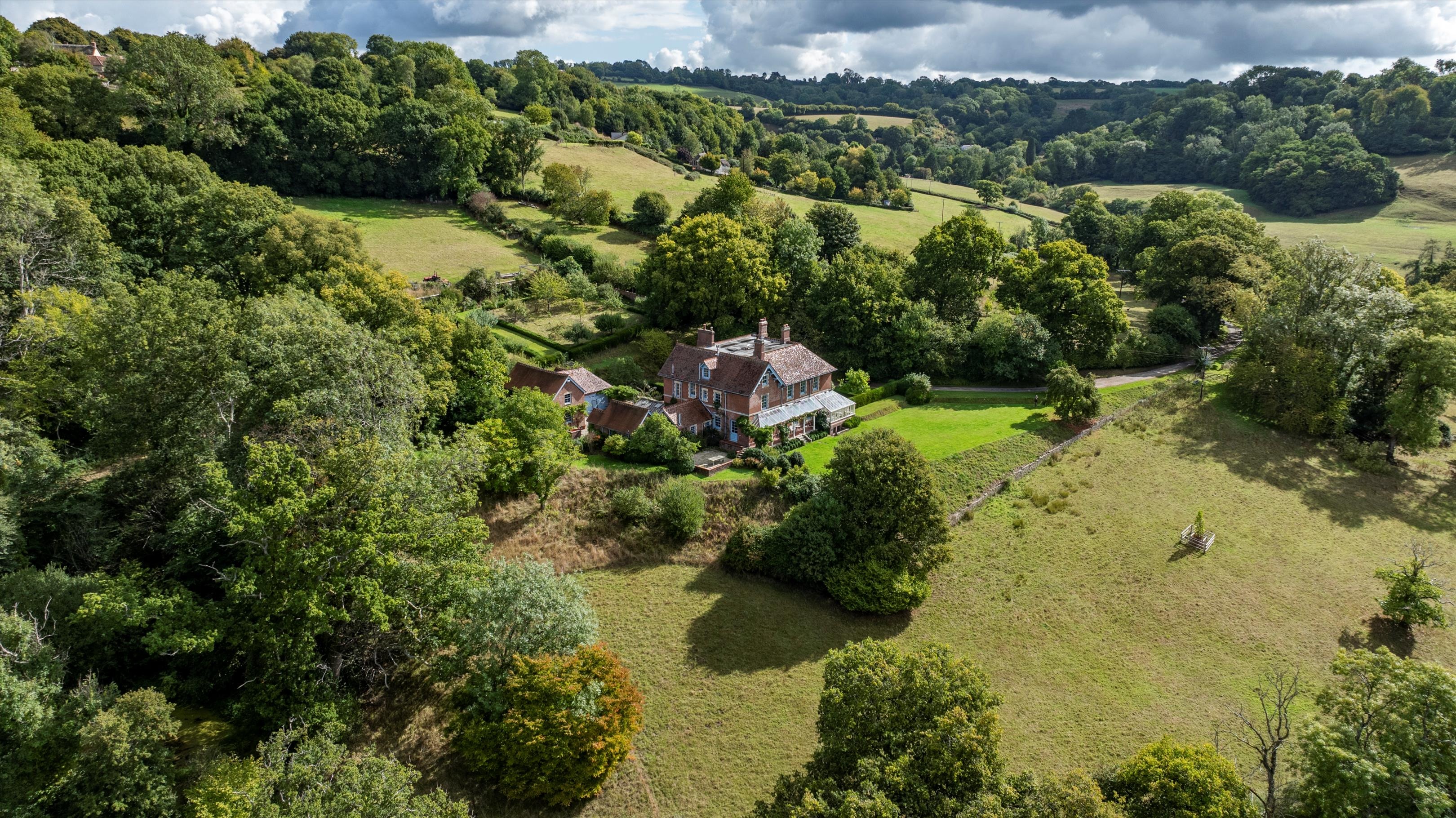 Utterly wonderful country homes for sale across Britain, from a 10-bedroom mansion to a Devon hideaway, as seen in Country Life
Utterly wonderful country homes for sale across Britain, from a 10-bedroom mansion to a Devon hideaway, as seen in Country LifeFrom an irresistibly charming house in Devon to a 400-year-old commutable home in Hertfordshire, here's our pick of some of the best homes to come to market via Country Life in the past week.
By Toby Keel Published
-
 Baby, it’s cold outside (even if you have a natural fur coat): How our animals brave the winter chill
Baby, it’s cold outside (even if you have a natural fur coat): How our animals brave the winter chillWhen the temperature drops, how do Britain’s birds, beasts and plants keep the cold at bay? John Lewis-Stempel reveals Nature’s own thermals.
By John Lewis-Stempel Published
-
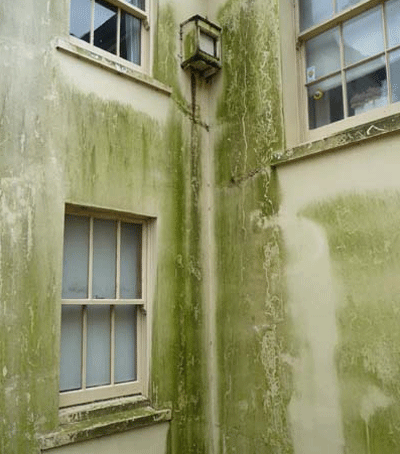 How to prepare your house for winter
How to prepare your house for winterAs winter approaches, experts advise that preventative measures are crucial for our houses to weather hard winters
By Country Life Published
-
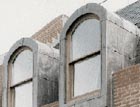 Ten house tips for the winter
Ten house tips for the winterNow is the time to put your house in ship-shape for the winter months ahead. Chartered surveyor Tom Grillo shares his ten top tips
By Country Life Published
-
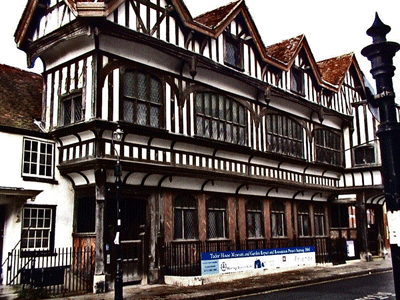 Choosing an interior designer
Choosing an interior designerFinding the right skilled interior designer for your period property requires some dedication; in particular you need to make sure you share the same vision
By Country Life Published
-
Maintenance tips for Victorian houses
There are a number of aspects to look out for when viewing or indeed owning a Victorian house
By Country Life Published
-
 Best cooking pans
Best cooking pansMrs Danvers suggests the best makes of pots and cooking pans to hunt down when shopping for a special friend's wedding present
By Country Life Published
-
How to save old floorboards
Lots of care and elbow grease can help old floorboards gleam again
By Country Life Published
-
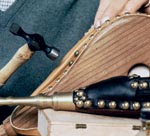 Buying bellows
Buying bellowsMrs Danvers recommends where to find a new or antique pair of bellows
By Country Life Published
-
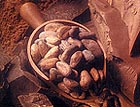 Removing chocolate stains
Removing chocolate stainsMrs Danvers tackles readers' household queries: this week's are chocolate stains on a linen suit and screen doors
By Country Life Published

